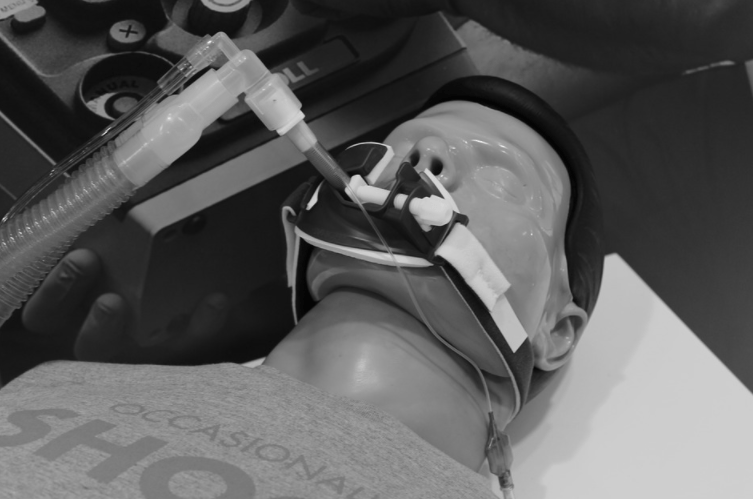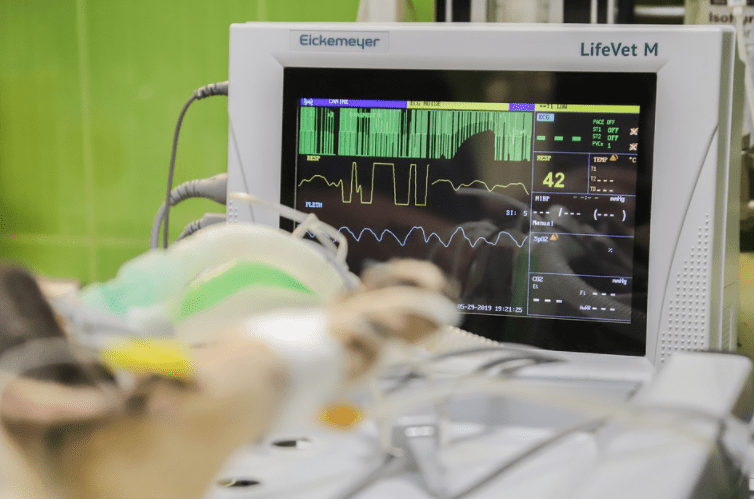Since most students across the country have transitioned from for-profit schooling to online virtual education, for some, this approach isn’t essential. For all healthcare students, such as aspiring physicians, pharmacists, respiratory therapists, physical therapists, and nurses, who must complete countless mandatory hours of in-person medical experiences to sit for licensure evaluations, the coronavirus has meant that these hands-on opportunities can’t happen. At some point, after seeing overworked physicians, a large number of health care workers get sick or fall victim to the coronavirus, we cannot have a delay in the ability to inject new employees into the computer system. Hence, simulation technology, including numeric healthcare simulation technology, has been generated to help them learn in their real healthcare workforce. You can learn more about it at https://buzz-esante.fr/simulation-numerique-en-sante-les-grands-enjeux/. In this article, we will thoroughly talk about the importance of simulation technology for healthcare students.

Overview of Healthcare Simulation
Healthcare simulation is a technique utilized to enhance or extend real-life encounters with guided practices that evoke or reproduce essential details of the actual planet interactively. Healthcare simulation uses various tools ranging from immersive or realistic recreated health care environments filled with everything you would see in a real clinical setting to electronically enhanced virtual wellness environments. In the immersive version, people alone or together with technologically advanced mannequins representing abnormal and normal human bodies can create interactive environments. These aspirational and non-emergent scenarios are performed to include protected exercise arenas for students without risk to patients. Perhaps the potential for psychological injury to students in a mistake was created to some people. However, the normal drawback of electronic simulation of not leaving only practical education has become a big advantage in a coronavirus round because virtual simulation can fill the void in health education when medical campuses have closed.
Simulation Facilities for Healthcare Students
 Simulation facilities are nearly ubiquitous in nursing and medical schools; many health programs now incorporate simulation to reinforce face-to-face clinical experiences and educational content. Over the past two decades, simulation has gained popularity for its use as part of excellent healthcare programs, offering unique educational benefits supported by studies demonstrating its effectiveness. Some pre-licensure applications, such as nursing, have begun using simulation as a replacement for face-to-face clinical hours with the support of accrediting agencies and state licensing boards after a recent pioneering multi-site study provided evidence that high-quality simulation can replace up to 50 percent of clinical hours and still produce similar educational outcomes. Acadicus is a good example of a digital simulation product. Here it is used with students participating remotely in a digitally simulated case.
Simulation facilities are nearly ubiquitous in nursing and medical schools; many health programs now incorporate simulation to reinforce face-to-face clinical experiences and educational content. Over the past two decades, simulation has gained popularity for its use as part of excellent healthcare programs, offering unique educational benefits supported by studies demonstrating its effectiveness. Some pre-licensure applications, such as nursing, have begun using simulation as a replacement for face-to-face clinical hours with the support of accrediting agencies and state licensing boards after a recent pioneering multi-site study provided evidence that high-quality simulation can replace up to 50 percent of clinical hours and still produce similar educational outcomes. Acadicus is a good example of a digital simulation product. Here it is used with students participating remotely in a digitally simulated case.
The Importance of Simulation Technology for Healthcare Students
Simulation is, in many ways, a game-changer in terms of the quality of health education and openness to student learning. Still, we have never had to do it the way we currently do in the scarcity of clinical experiences. Given that many health schools are familiar with enhancing their curricula by using immersive simulators independently or in combination with virtual simulations, most cannot replace clinical hours with virtual simulations alone completely. Furthermore, the simple fact that immersive simulator is not possible due to social bookmarking actions suggests that this change in educational programming must be made at Mach speed to prevent hundreds of thousands of health care students from falling behind and failing to graduate on time. In an environment where healthcare systems are being tested to their limits, we cannot afford to retain healthcare workers in the future. We need more health care workers, and we want them now.…

